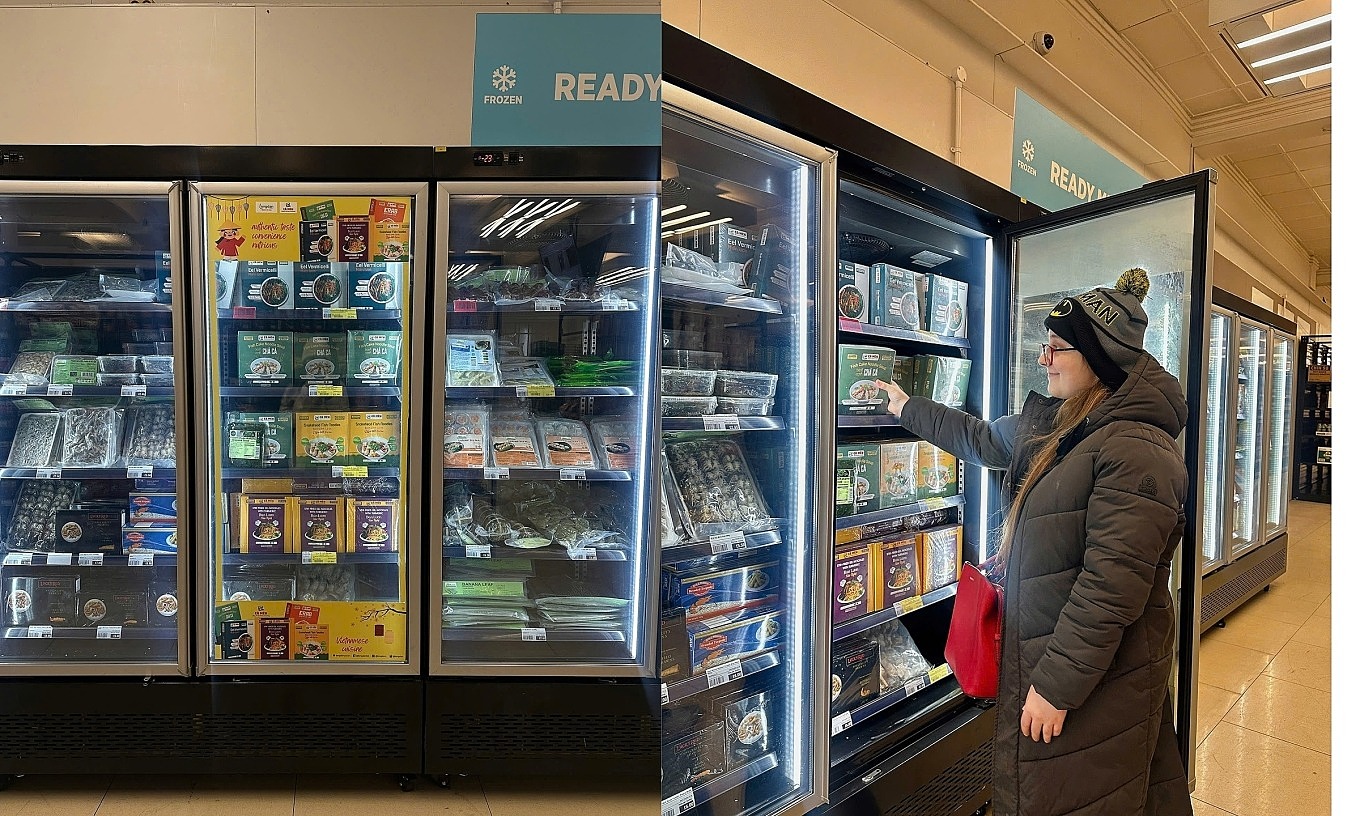
Challenges Facing Vietnamese Processed Foods in the U.S. Market
Despite strong growth in agricultural and aquatic product exports to the United States, Vietnamese processed foods are struggling to gain traction on the shelves of major U.S. retail chains. Experts attribute this to a combination of factors, including weak branding, insufficient marketing efforts, and difficulties in complying with stringent U.S. standards.
Limited Presence Beyond Asian Markets
The limited availability of Vietnamese products in mainstream American supermarkets is a growing concern. While Vietnam’s agricultural exports to the U.S. have shown impressive growth in areas like coffee and fruits (with year-on-year increases of 76.4% and 65.5% respectively), these are primarily raw commodities. Processed and branded Vietnamese goods remain underrepresented, largely confined to Asian specialty markets.
Branding and Marketing Deficiencies
One of the key challenges is the lack of strong Vietnamese national brands in the U.S. market. Unlike South Korean or Thai products, which often benefit from established brand recognition, Vietnamese goods are frequently processed under contract manufacturing agreements, obscuring their origin and hindering their ability to build consumer loyalty.
Several factors contribute to this branding deficit. Vietnamese manufacturers often lack the resources and investment needed for effective branding campaigns. Their understanding of the U.S. market may be limited, and they often lack dedicated representatives on the ground to navigate the complexities of the retail landscape. While companies from other countries frequently establish branches, agents, or dedicated teams to manage their U.S. operations, Vietnamese businesses tend to rely heavily on importers, creating a disconnect between producers and consumers.
Compliance and Regulatory Hurdles
Meeting U.S. quality, traceability, and packaging requirements also presents a significant hurdle for Vietnamese food producers. Data indicates that a substantial number of Vietnamese food product shipments are rejected daily due to non-compliance with U.S. regulations, particularly the Food Safety Modernization Act (FSMA).
Common packaging errors include missing or incomplete allergen information, incorrect nutritional facts formatting, and product names that fail to meet regulatory standards. These issues are particularly prevalent in the seafood sector. Standardizing production and packaging processes, along with strict adherence to international trade laws, is crucial for improving access to major U.S. supermarkets.
The Pitfalls of Short-Term Strategies
A short-term focus on rapid production and sales through informal channels can also damage the reputation of Vietnamese products in the long run. This approach, which often involves small-scale trade and even hand-carrying goods, can undermine efforts to establish a consistent and reliable presence in the U.S. market.
Leveraging Export Ecosystems
To facilitate formal trade, Vietnamese businesses should leverage export ecosystems to streamline market research, product positioning, compliance procedures, and logistical operations. These ecosystems can provide valuable support in navigating the complexities of the U.S. market and ensuring that products meet all necessary requirements.
Opportunities Beyond the U.S.
While the U.S. market presents considerable challenges, opportunities exist in other regions as well. Mexican companies, for example, have successfully introduced Vietnamese foods to their market, with major chains like Walmart and Costco expressing interest in popular items such as rice paper and instant noodles.
Proactive Expansion Strategies
Some Vietnamese businesses are proactively expanding their export markets. One such company, which produces traditional frozen packaged foods, has recently expanded its reach to Canada, approaching supermarkets and distributors in Toronto. The company already sells its products in select locations in the U.S., Australia, and the U.K.
Recognizing the importance of effective product display, this company has redesigned its packaging to better suit the upright freezers commonly used in major supermarkets in the U.S., Australia, Canada, and the E.U. Similarly, another company, in addition to exporting rice to the U.S., has introduced rice paper, rice noodles, and noodle soup to the Mexican market.
The Importance of Quality and Competitive Pricing
Vietnamese agricultural and aquatic products are known for their high quality and competitive pricing. To capitalize on these strengths, businesses should focus on both the domestic market and the U.S., while also considering expanding into regions such as the Middle East, Africa, and South America.
Streamlining Market Entry with Online Platforms
New initiatives are emerging to facilitate market entry for Vietnamese food producers. One example is the launch of an online wholesale food export platform in Vietnam, designed to connect producers with buyers in over 30 markets. This platform aims to reduce the cost and time associated with entering new markets by leveraging integrated AI-driven logistics. Traditional methods can cost a Vietnamese food producer an average of $120,000 and one year to enter a new market. The hope is that these platforms can significantly reduce these barriers.


No comments:
Post a Comment